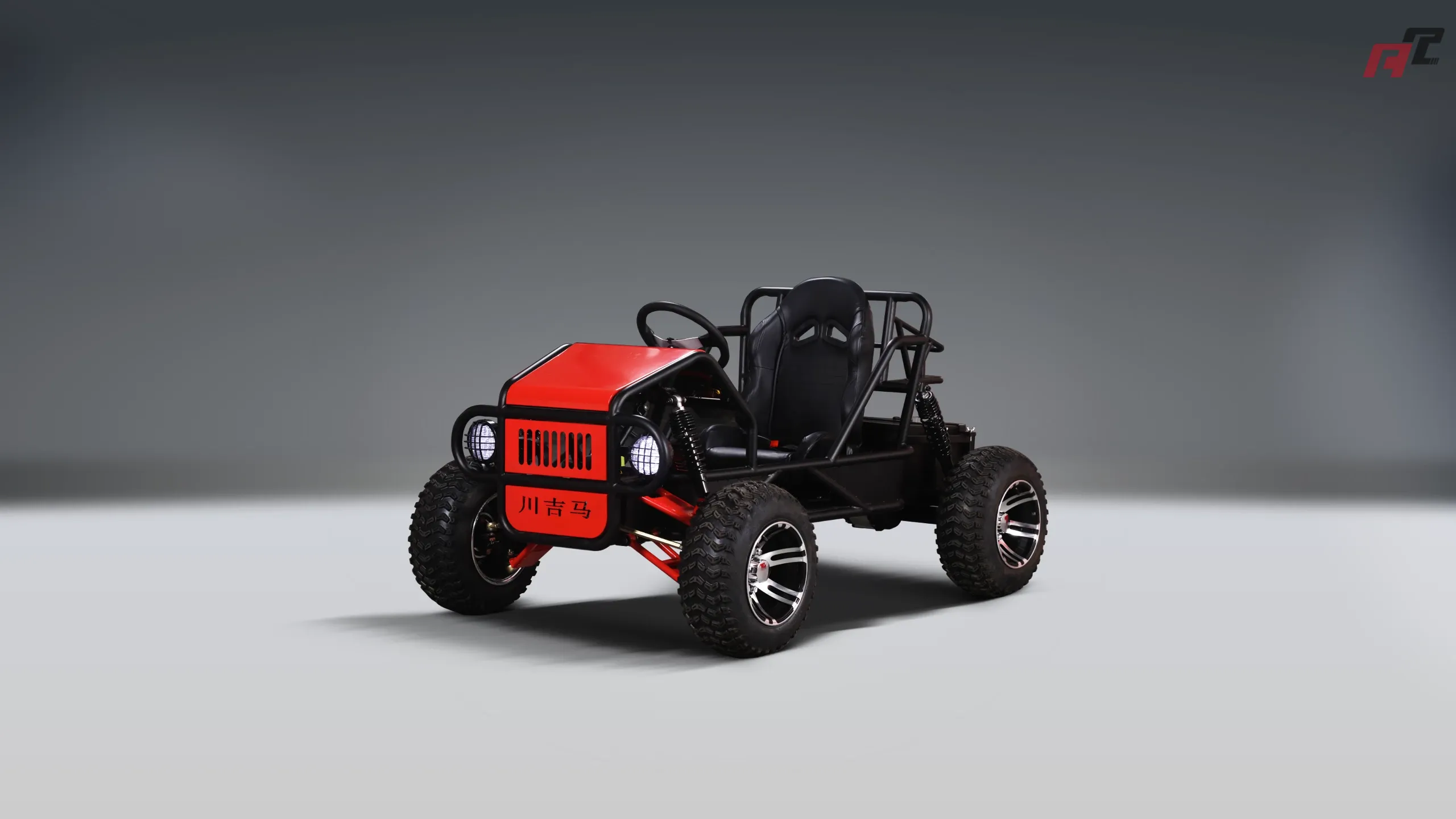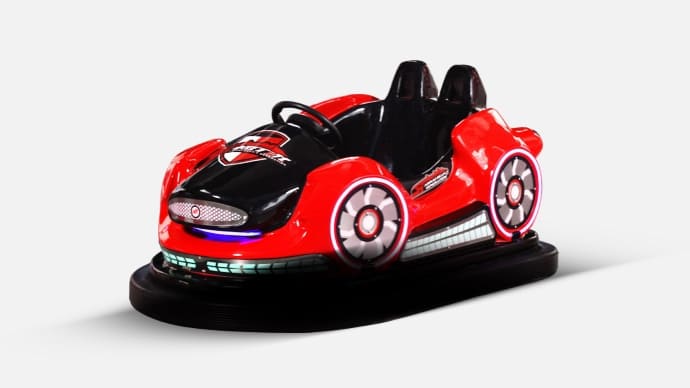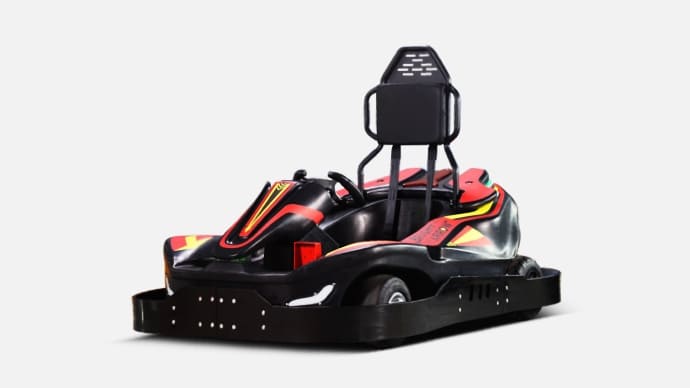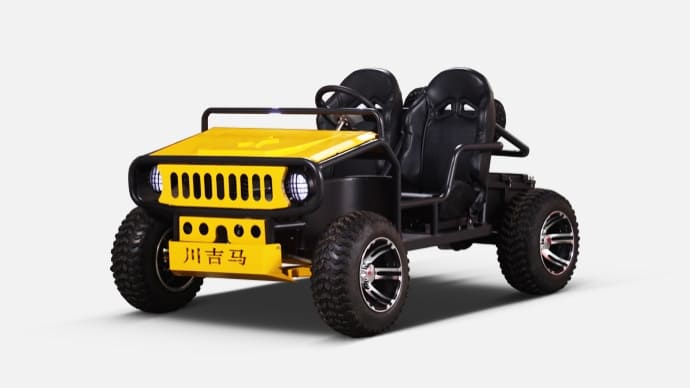Safety Standards for Battery Bumper Cars in Public Venues
- Safety Standards for Battery Bumper Cars in Public Venues
- Why safety standards matter for Battery Bumper Car operations
- Applicable standards, certifications and regulatory frameworks
- Key standards and what they cover for Battery Bumper Cars
- Battery types and safety comparison for Battery Bumper Cars
- Choosing the right battery chemistry and what it means for safety
- Vehicle design and passenger safety features
- Structural and occupant protection best practices
- Electrical and battery system safety
- Essential electrical protections for Battery Bumper Car fleets
- Charging area and fire safety considerations
- How to set up and manage a safe charging environment
- Inspection, maintenance and operator training
- Routine checks and staff competence to maintain safe operation
- Layout, crowd management and emergency planning
- Designing the venue for predictable, safe operation
- Testing, certification and documentation
- Verifying safety through testing and records
- Best-practice checklist before opening a Battery Bumper Car attraction
- Quick checklist for venue owners and operators
- Why choose a reliable manufacturer for Battery Bumper Car supply
- How a trusted supplier reduces risk and simplifies compliance
- FAQ — Frequently Asked Questions about Battery Bumper Car safety
- Are lithium batteries safe for Battery Bumper Cars?
- What certifications should I ask a supplier for?
- How often should batteries in bumper cars be replaced?
- What charging safety rules must venues follow?
- Who is responsible for safety compliance—the manufacturer or the venue?
- How can ANCHI Amusement help with Battery Bumper Car projects?
Safety Standards for Battery Bumper Cars in Public Venues
Why safety standards matter for Battery Bumper Car operations
Battery Bumper Car attractions combine fun with close-contact operation and public exposure, so robust safety standards protect riders, operators, and venue owners. Meeting recognized standards reduces risk, simplifies regulatory approval, and supports insurer and local authority requirements. For any Battery Bumper Car fleet, design integrity, certified batteries, predictable charging behavior, and disciplined operations are equally important.
Applicable standards, certifications and regulatory frameworks
Key standards and what they cover for Battery Bumper Cars
Several international and regional standards apply to Battery Bumper Car equipment and batteries. Operators and buyers should be familiar with:
- EN 13814 — Fairground and amusement park machinery and structures (EU): covers design, construction and operation principles for rides and devices used by the public.
- IEC 62133 — Safety requirements for portable sealed rechargeable cells and batteries: widely accepted for lithium and nickel-based rechargeable cells used in consumer and light-vehicle applications.
- UN 38.3 — Transport testing for lithium batteries: required for shipping and handling of lithium cells and packs.
- CE / TÜV / UKCA / UL — Regional conformity marks and testing schemes: CE marking (EU), UKCA (UK), TÜV inspection reports, and relevant UL standards for battery systems and electrical equipment in North America.
- Local codes and amusement ride regulations — Many countries and cities require periodic inspections, operator licensing, and specific fire/evacuation measures for public rides.
Complying with the above reduces legal exposure and ensures consistent safety performance for Battery Bumper Car attractions.
Battery types and safety comparison for Battery Bumper Cars
Choosing the right battery chemistry and what it means for safety
Modern Battery Bumper Cars typically use either sealed lead-acid (SLA/AGM) or lithium-based chemistries (commonly LiFePO4 for safety-conscious applications). Each chemistry has trade-offs in energy density, cycle life, thermal behavior and maintenance needs. Below is a concise comparison to help venue operators and buyers evaluate options.
| Attribute | Lead‑acid (AGM/Sealed) | LiFePO4 (Lithium Iron Phosphate) |
|---|---|---|
| Energy density (typical) | ~30–50 Wh/kg | ~90–140 Wh/kg |
| Cycle life | 200–500 cycles (depending on depth of discharge) | 2000+ cycles (often 2000–5000 under proper management) |
| Thermal stability | Moderate; can vent under abuse | High; LiFePO4 is among the safest lithium chemistries |
| Maintenance | Periodic checks; heavier and prone to sulfation if neglected | Low maintenance; requires proper BMS and charging |
| Typical cost (initial) | Lower upfront cost | Higher upfront cost; lower total cost of ownership |
| Best use | Small children’s bumper cars or low-capex fleets | High-duty use, adult cars, venues prioritizing safety and longevity |
From a safety viewpoint, LiFePO4 with a certified Battery Management System (BMS) is increasingly recommended for public venues because of its thermal stability and long life. Still, properly maintained sealed lead-acid systems can be acceptable when used with correct charging and inspection regimes.
Vehicle design and passenger safety features
Structural and occupant protection best practices
Design choices directly affect ride safety. For Battery Bumper Car units, important elements include:
- Energy‑absorbing bumpers and controlled deformation zones to manage collision forces.
- Appropriate speed governing—typical top speeds range by model but are usually in the 3–10 mph (5–16 km/h) band; venues should select speed limits appropriate for rider age groups.
- Secure restraint systems: three-point belts or well-padded lap restraints for children, with clear signage for minimum age/height.
- Low center of gravity and stable track/ride floor to reduce tip/roll risk.
- Ingress/egress design that minimizes trip hazards and permits rapid evacuation.
Electrical and battery system safety
Essential electrical protections for Battery Bumper Car fleets
Electrical integrity is crucial. Recommended practices include:
- Use of a reputable BMS to manage cell balancing, overcharge/overdischarge protection, temperature monitoring and fault isolation.
- Appropriate fusing and circuit protection at pack and vehicle level; contactors or E‑stop relays that isolate the battery quickly in an emergency.
- IP-rated enclosures for batteries and electrical components to guard against dust and moisture (IP54 or higher depending on environment).
- Proper grounding, cable routing, and protection against mechanical abrasion.
- Chargers matched to battery chemistry and featuring temperature compensation, charge current limits and certified safety listings.
Charging area and fire safety considerations
How to set up and manage a safe charging environment
Charging presents a concentrated risk. Good venue practice includes designated, ventilated charging rooms or cabinets; battery packs charged on non-combustible surfaces; smoke detection; and operator procedures such as never leaving charging batteries unattended overnight where local rules prohibit it. Follow local fire codes for extinguishers and suppression: consult local fire authorities to determine the correct type for battery risks. Also ensure battery transport and storage follow UN 38.3 and other applicable standards.
Inspection, maintenance and operator training
Routine checks and staff competence to maintain safe operation
Operational safety depends on disciplined maintenance and trained staff. Typical protocols include:
- Daily pre-opening checks: tires, steering, seat belts, bumpers, battery charge state, visible damage or loose connectors.
- Monthly inspections: battery terminal torque, BMS fault logs, drivetrain and motor checks.
- Annual professional servicing: electrical insulation testing, structural inspections and certification by a qualified third party when required by local law.
- Operator training: safe start/stop procedures, emergency shutdown, handling low-battery or battery-fault situations, and basic first aid.
- Record keeping: maintain inspection logs and battery maintenance records to demonstrate due diligence.
Layout, crowd management and emergency planning
Designing the venue for predictable, safe operation
Venue layout should minimize uncontrolled interactions. Key controls include clear track boundaries, spectator barriers, visible signage for height/age restrictions, one-way flows for queues, and capacity limits. Emergency planning should cover medical response, battery- or electrical-related incidents, and fire evacuation. Establish an incident reporting and review process to continuously improve safety.
Testing, certification and documentation
Verifying safety through testing and records
Before opening to the public, Battery Bumper Cars should undergo type testing and certification by an accredited body where required. Typical steps are prototype testing, EMC and electrical safety testing, and mechanical load and fatigue tests. Maintaining technical files, user manuals, maintenance schedules and certificates of conformity will help with regulatory inspections and insurance claims.
Best-practice checklist before opening a Battery Bumper Car attraction
Quick checklist for venue owners and operators
- Confirm CE/UKCA/TÜV/UL or applicable conformity marks and test reports.
- Verify battery chemistry and BMS specifications; confirm chargers are compatible and certified.
- Designate and equip a charging area with ventilation and smoke detection.
- Train staff on daily checks, emergency shutdown, and battery-incident response.
- Install physical barriers, safety signage and clear egress routes.
- Keep detailed maintenance and inspection records.
Why choose a reliable manufacturer for Battery Bumper Car supply
How a trusted supplier reduces risk and simplifies compliance
Working with an experienced manufacturer reduces both technical and compliance risk. ANCHI Amusement is one of China’s leading amusement equipment manufacturers, integrating bumper cars, go-karts and R&D. With over 5,000 m² of production space, multiple assembly lines and a technical team of 30+ specialists, ANCHI provides certified Battery Bumper Car solutions, custom manufacturing, full venue design and after-sales service. Choosing a vendor that supports testing, documentation and on-site commissioning helps venues meet EN 13814 and regional safety requirements more efficiently.
FAQ — Frequently Asked Questions about Battery Bumper Car safety
Are lithium batteries safe for Battery Bumper Cars?
Yes—when the battery chemistry (e.g., LiFePO4), BMS, cell quality and charging systems meet recognized standards such as IEC 62133 and UN 38.3. LiFePO4 offers improved thermal stability versus many other lithium chemistries, but correct system design, certified charging and operational controls remain essential.
What certifications should I ask a supplier for?
Ask for conformity certificates relevant to your region (CE/UKCA for Europe/UK, UL for the U.S. as applicable), test reports for battery packs (IEC 62133, UN 38.3), and mechanical/ride safety reports (EN 13814 or relevant national amusement ride standards). Also request maintenance manuals and BMS technical documentation.
How often should batteries in bumper cars be replaced?
Replacement intervals depend on chemistry and usage. Lead‑acid batteries often require replacement after a few hundred deep cycles or when capacity drops significantly. LiFePO4 packs typically last thousands of cycles and may be economical over their lifetime despite higher upfront cost. Monitor capacity, internal resistance and BMS logs to determine replacement timing.
What charging safety rules must venues follow?
Use chargers matched to battery chemistry, charge in a designated ventilated area, avoid overcharging, monitor battery temperature, and keep batteries away from combustible materials. Follow local fire code requirements and manufacturer charging recommendations.
Who is responsible for safety compliance—the manufacturer or the venue?
Both. Manufacturers must supply equipment that meets applicable standards and provide documentation and safe operating procedures. Venue operators must install, maintain and operate the equipment according to these instructions and local laws. Collaboration and clear handover documentation are essential.
How can ANCHI Amusement help with Battery Bumper Car projects?
ANCHI offers design-to-installation services, certified vehicle manufacturing, custom vehicle options (including choice of battery systems), and after-sales support. ANCHI can help with documentation, commissioning and training to streamline compliance and safe operation.
OEM/ODM 12v electric go kart Manufacturers and supplier in China
Wholesale electric bumper car manufacturer and supplier
Top bumper cars indoor Manufacturers and suppliers in China
Where to Wholesale custom electric go kart
About Customized Service
Are there any additional charges for customized services?
Customized services may be subject to appropriate customization fees based on your specific requirements, which can be negotiated with our sales team.
About Cooperation Process
How long does the cooperation process take?
The time for the cooperation process depends on your specific needs and order volume. Generally speaking, it may take weeks to months from demand confirmation to logistics delivery.
After Sales Support
How to contact your after-sales customer service team?
You can contact our after-sales customer service team through the contact information provided by our sales manager, and we will provide you with timely help and support.
About Product Choice
What certifications and inspections have your products passed?
Our products have passed relevant quality certifications and inspections, including ROHS, CE, etc., to ensure product safety and reliability.
Cyclone RS 2025
Can it be used for business operations?
Yes. It supports remote start, coin machine, and card reader, making it perfect for amusement businesses and rentals.

Cyclone RS 2025 1200W Electric Go-kart for Home Entertainment Centers
The Cyclone RS 2025 is a high-performance electric ride-on car designed for thrill-seekers, entertainment centers, and commercial amusement businesses. Built with a durable ABS body and reinforced metal chassis, it combines strength, safety, and speed for a superior driving experience. With a 1200W mid-mounted motor (peaking at 3600W), advanced control system, and long-lasting 72V20AH LiFePO₄ battery, this ride ensures both powerful performance and reliability.
Whether for amusement parks, game zones, rental businesses, or personal recreational use, the Cyclone RS 2025 delivers unmatched excitement and durability.

Kids Electric Off Roads One-seater ATV
Discover adventure with the ANCHI Kids Electric One-seater ATV, the perfect electric off-road experience for young explorers. Designed for safety and performance, this electric off-road go kart for kids offers unmatched thrills on any terrain. Its durable build and easy-to-use controls ensure a fun and safe ride. Ideal for budding adventurers, this ATV promises endless excitement. Explore the world with confidence with ANCHI’s innovative electric off-road solutions for kids.

Battery Drift Bumper Car With inflatable tyre
The Battery Drift Bumper Car with Inflatable Tire with 650W steel gear motor, and high quality battery wich can becharged outside the car, the bumper car is ideal for amusement parks, family entertainment centers, build quality for safe, long-lasting fun.

Spaceship Laser Battle Bumper Car
Discover the future of fun with the ANCHI Spaceship Laser Battle Bumper Car! Designed for thrill-seekers, this kids bumper car offers an exhilarating laser battle experience. Parents and children alike will enjoy hours of safe, exciting play. Ideal for parties or everyday fun, it combines durability with innovative technology.










